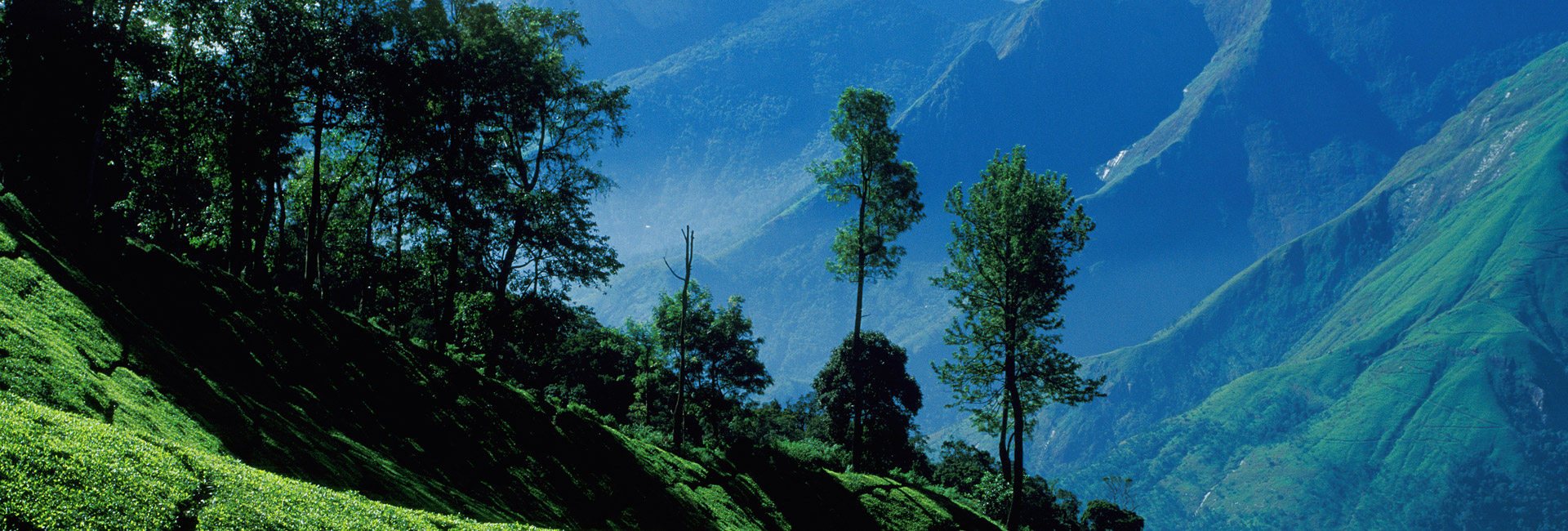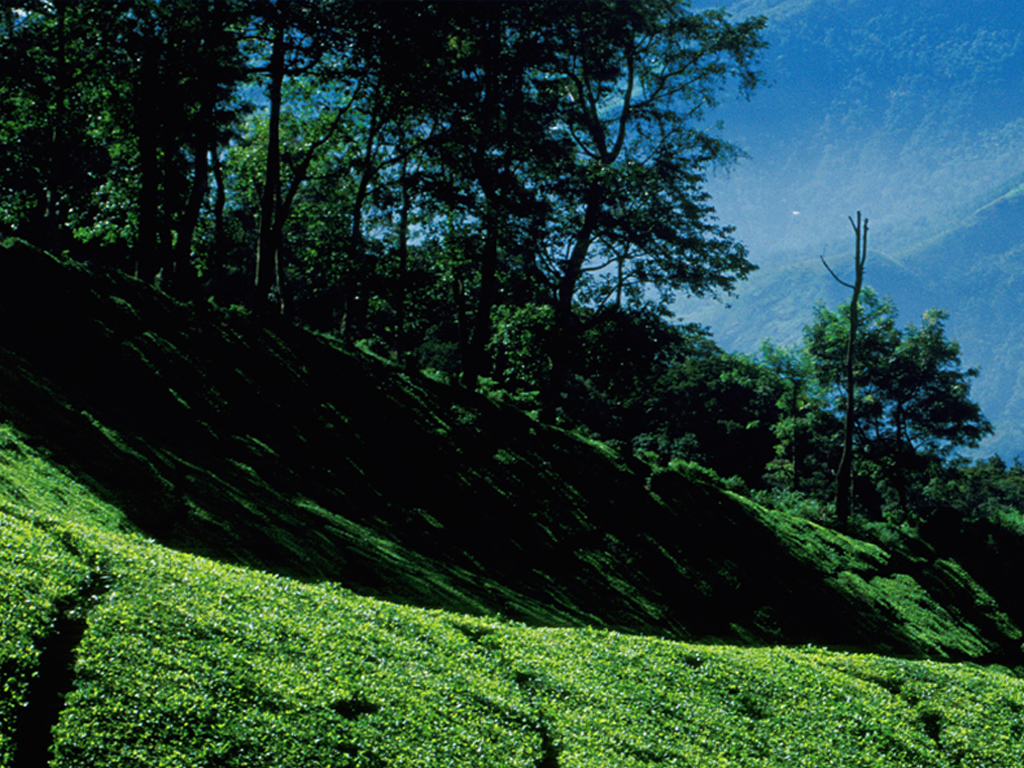Neelakurinji
Floral paradiseMunnar is what you could imagine a dream destination to look like. And it turns a real fairytale land during the flowering season of Neelakurinji, when the sprawling hills drape themselves in a blue blanket of Neelakurinji blooms. Neelakurinji (Strobilanthes kunthiana) flowers once in every twelve years and thousands of travellers visit Munnar during this time to watch the rolling hills and the seemingly endless valleys bathed in the purplish blue. The last time Neelakurinji bloomed in Munnar was in 2006.
The flowerNeelakurinji or Stobilanthes kunthiana is a shrub found in the Western Ghats of south India. The plant which falls in the genus kunthiana was first studied and described by German botanist Christian Gottfried Daniel Nees von Esenbeck. About 250 species belong to the genus Strobilanthes and nearly 46 are found in India. Like the Neelakurinji, most of the species show unusual flowering behaviour which range from annual to 16 years. The plant grows 30 to 60 cm high in normal conditions and up to 180 cm in congenial conditions.
Terminology
- Kingdom - Plantae
- Division - Magnoliophyta
- Class - Magnoliopsida
- Order - Lamiales
- Family - Acanthaceae
- Genus - Strobilanthes
- Species - S. Kunthiana
HabitatThe habitat of Neelakurinji is confined to the shola grasslands of Western Ghats - the Nilgiri hills, Palani hills and the Eravikulam hills of Munnar. Apart from the Western Ghats, Neelakurinji is also found on the Shevaroy hills in the Eastern Ghats.
In literatureThe beauty and rarity of Neelakurinji has inspired many a poet in the states of Kerala and Tamil Nadu. Neelakurinji, for the poets, is a symbol of yearning, love and happiness.
KuruntokaiOf the several poetic references, the Kuruntokai, a Tamil classic poetic work, stands out for its comparison of the blossoming with the eternal union of lovers. Interestingly, the classic doesn’t have any direct mention of the flower though an understandable imagery is beautifully described in it.
In the poem, Neelakurinji represents the self-awakening of a woman. In the Tamil tradition, a girl is considered to attain sexual maturity at the age of 12. The poet wonderfully uses the imagery of Neelakurinji to represent the self-awakening of womanhood.
Kuruntokai is the second book in Ettuthokai, a Sangam literature anthology. The Kuruntokai poems are based on the themes of love and separation. The work has contributions from numerous authors and Nachinarkiniyar, a scholar believed to have lived in the sixth or the seventh century, has annotated the work.
Ideal spots The grasslands at Top Station and Eravikulam National Park offer a spectacular view of the Neelakurinji blooms during the flowering season. Vattavada, Kovilur, Kadavari and Rajamala are other must-see spots. Tour operators and adventure clubs in Munnar coordinate special trekking programmes during the flowering season. The District Tourism Promotion Council of Idukki also helps travellers to explore the hills.


 Periyar Tiger Reserve
Periyar Tiger Reserve